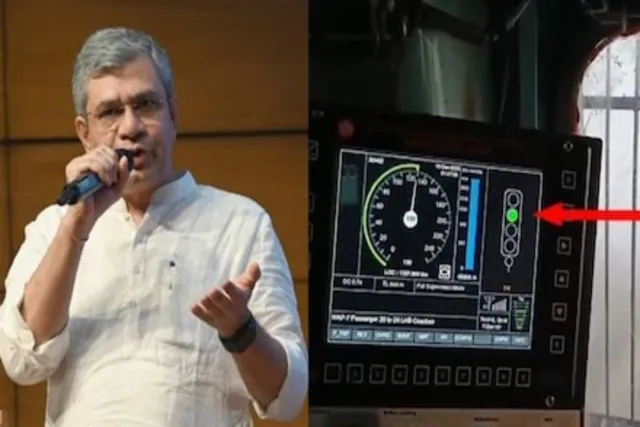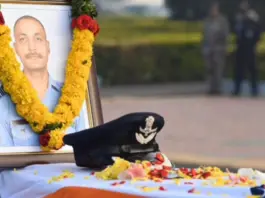On Saturday, Railway Minister Ashwini Vaishnaw demonstrated the capabilities of India’s indigenously developed ‘Kavach’ system under dense fog conditions in northern India. This Automatic Train Protection (ATP) system is designed to enhance safety and operational efficiency, especially during challenging weather.
Sharing a demonstration on social media platform X, Vaishnaw said, “Dense fog outside. Kavach shows the signal right inside the cab. The pilot doesn’t have to look outside for a signal.”
Dense fog outside. Kavach shows the signal right inside the cab. Pilot doesn’t have to look outside for signal. pic.twitter.com/cdQJDYNGrk
— Ashwini Vaishnaw (@AshwiniVaishnaw) December 21, 2024
Key Features of Kavach
Kavach ensures safe train operations by automatically applying brakes if the Loco Pilot fails to respond. It also assists in maintaining prescribed speed limits and navigating safely during adverse weather. The system, which has been in development since its first trials in February 2016, is equipped with rigorous safety certifications and has undergone consistent improvements.
Cost and Implementation
The Ministry of Railways estimates the cost of installing Kavach at Rs 50 lakh per kilometer for trackside equipment, including station integration, and Rs 80 lakh for each locomotive. So far, Rs 1,547 crore has been invested in the project, with an additional Rs 1,112.57 crore earmarked for 2024-25 to expand its deployment. The plan includes onboarding more Original Equipment Manufacturers (OEMs) to scale production and implementation.
With its ability to navigate adverse weather conditions effectively and prevent accidents through automatic interventions, Kavach represents a significant technological advancement in Indian Railways’ safety infrastructure. The system is expected to play a critical role in modernizing rail transport and ensuring passenger safety across the country.
As fog continues to disrupt northern India’s train services, Kavach’s effectiveness in such conditions could mark a turning point in rail safety innovations.




